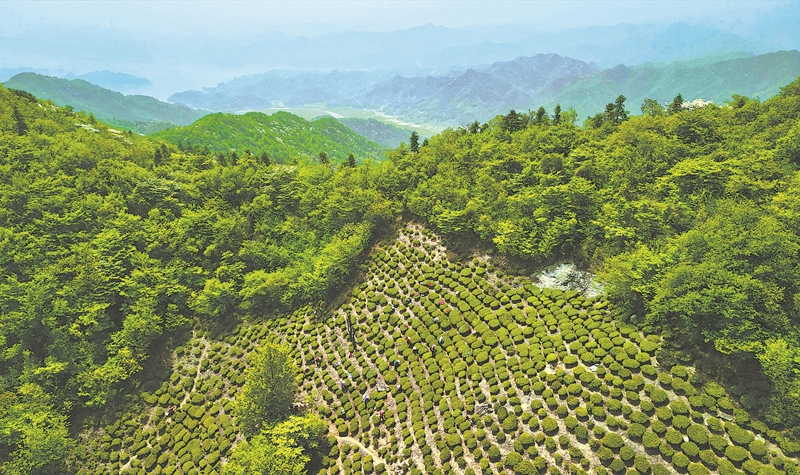|

According to Anhui Agricultural University(AAU), the international standard ISO 20715:2023 "Tea Classification" led by Professor Wan Xiaochun, director of the State Key Laboratory of Resource Utilization of AAU, was officially promulgated. This marks a milestone in China's internationalization of tea standards, as the six major categories of Chinese tea have become an international consensus.
Standards are an important technical specification. Mastering the dominance in international standard setting can strengthen technological dominance and further enhance competitive advantages. As the birthplace of tea, China's tea planting, production, processing, and consumption have long been at the top of the world, and its exports of tea products, especially green tea products, have been taking the lead. However, its progress in establishing the international standardization of tea used to be rather lagged behind.
In 1979, Professor Chen Chuan, one of the founders of higher education in tea science in China, proposed the six major categories of tea classification in his article "Theory and Practice of Tea Classification," which divides tea into the six types of green tea, yellow tea, fermented tea, oolong tea, white tea, and black tea. Although this method laid the foundation for modern scientific tea classification and has been widely recognized and applied, it had not been stipulated as a standard.
Since the establishment of the National Technical Committee 339 on Tea of Standardization Administration of China in 2008, Professor Wan and the Chinese tea expert delegation that he leads have worked actively to seize the right to develop international tea standards in the Tea Subcommittee of the Food Technical Committee of the International Standardization Organization (ISO). Based on the Chinese standard GB/T 30766-2014 "Classification of tea" and GB/T 35825-2018 "The method of tea classification by chemical analysis", the team has worked with 31 tea technical experts from countries such as India, the UK, Germany, Japan, Kenya, Hungary, and Sri Lanka to negotiate and revise China's six major tea categories and eventually made it an ISO international standard according to the organization's rules.
Based on the quality and processing techniques of different teas, the standard categorizes them into six major types: black tea, green tea, yellow tea, white tea, oolong tea, and fermented tea. It also specifies the noun terminology of key processing procedures for tea, such as "zuo xing" (shaping), "men huang" (sealing yellow), and "wo dui" (piling fermentation) which are directly derived from Chinese tea culture.
The release of this international standard has effectively enhanced the global influence and discourse power of China's tea standardization. It is of great significance to standardize and promote fairness in the international tea trade and consumer rights, as well as to promote the export of Chinese teas, especially white tea, yellow tea, and fermented tea that are uniquely Chinese. (Reported by Chen Wanwan)
|